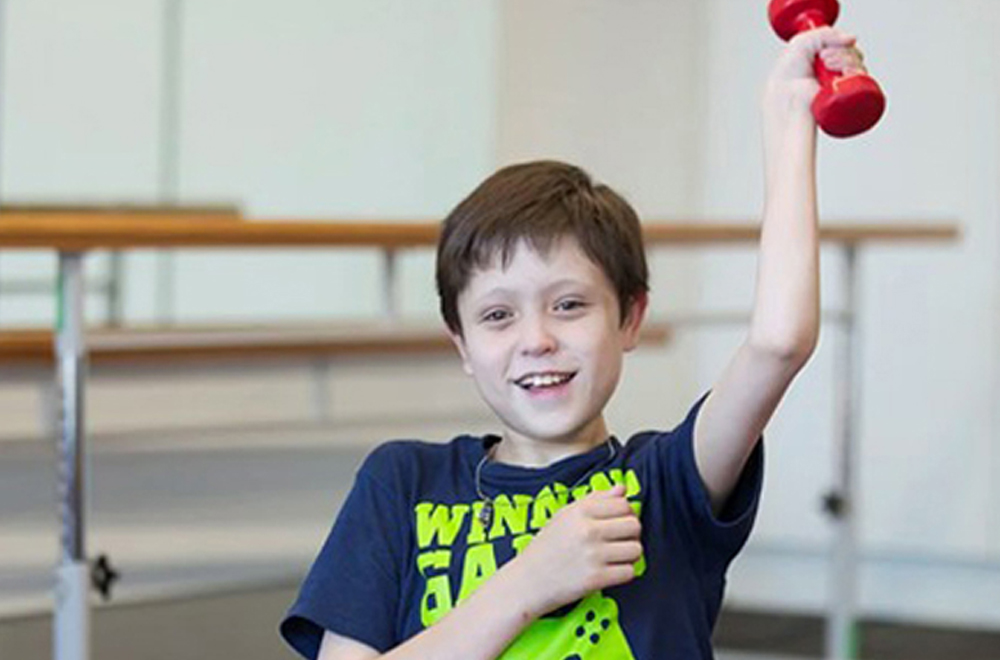New International Clinical Practice guidelines for the treatment of children with cerebral palsy (CP) have been drawn up by University of Queensland researchers. The guidelines are said to give greater independence and improve the life of children and young people with CP by making it easier to select and use treatments based on the best available evidence.
According to Associate Professor Leanne Sakzewski, from the UQ Cerebral Palsy and Rehabilitation and Research Centre, there are many different options for therapy, and some are supported by evidence and others are not. “This gives the first comprehensive overview of interventions that have the best evidence to achieve the best outcomes for children.”
She said the new guide provides 13 recommendations for interventions to improve physical function for children with CP and was developed in consultation with children and their families and in partnership with Cerebral Palsy Alliance.
“This is a curated source of information that filters through the enormous amount of choices and tells parents which ones are likely to deliver their child’s goals,” Professor Iona Novak from the University of Sydney Cerebral Palsy Alliance Chair of Allied Health said. “The aim of this guide is to pull together all the interventions that help children to be able to say: “I did it by myself”.
She said it will also filter out untested services that preyed on vulnerable families.
Fact sheets for occupational and physiotherapists have been drawn up and there are also fact sheets for parents to use at NDIS planning meetings.
CP is the most common physical disability in childhood with around 600 children diagnosed in Australia every year and there are more than 183 different treatments for CP.
The guidelines have been published in Developmental Medicine & Child Neurology.

